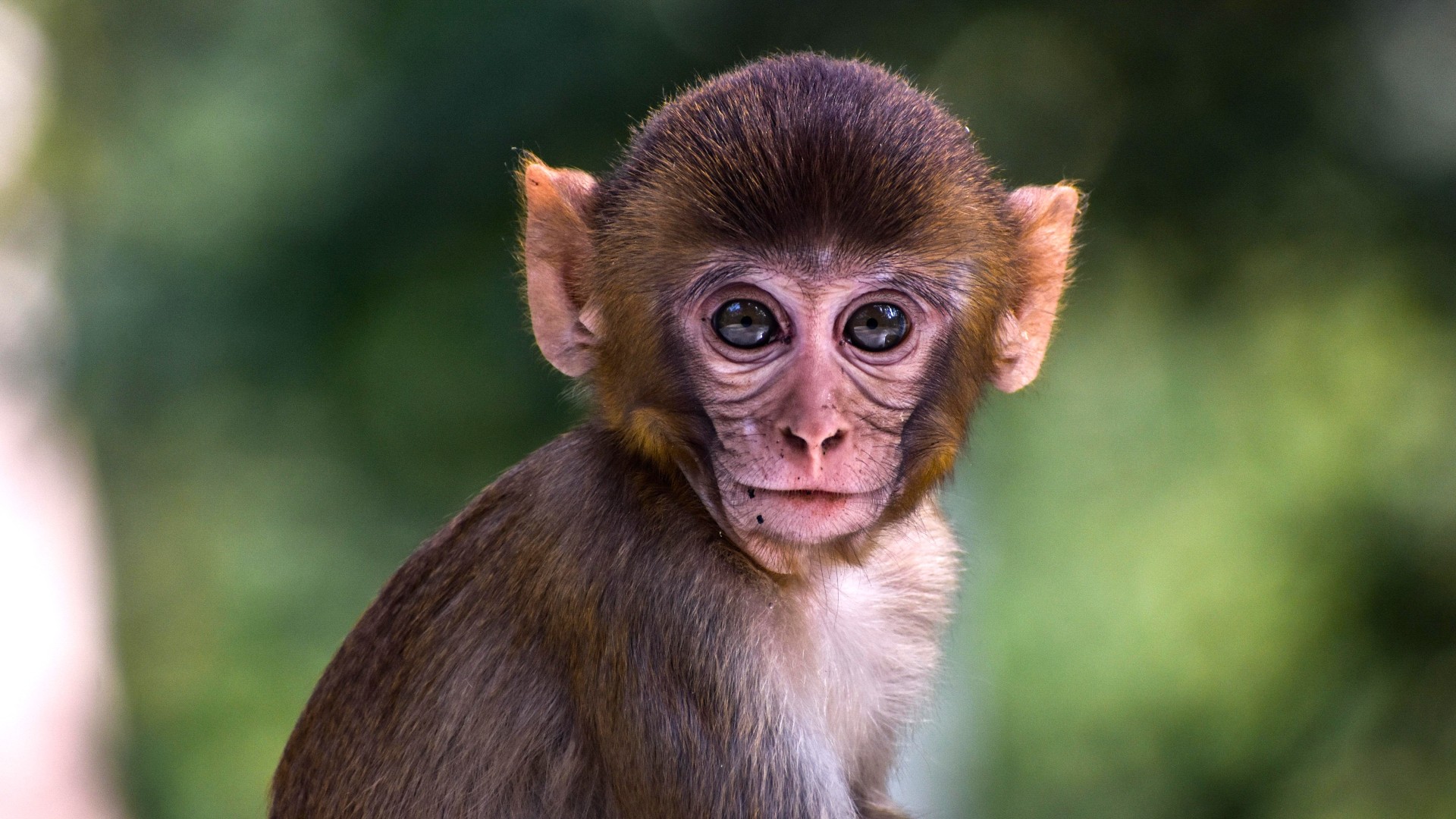New report explores fake animal rescues on social media
Born Free helps launch a shocking new report revealing the appalling rise of fake animal rescue videos.

© Eshan Chandra, Pixabay
Today, the Social Media Animal Cruelty Coalition launches a new report documenting the dangerous trend of ‘fake animal rescue‘ content on social media, calling on social media companies to tackle the content that is putting financial revenue above animal welfare.
The distribution of online content depicting animal cruelty and exploitation is a huge and increasing problem, particularly on social media channels such as Facebook, Instagram, TikTok, X (formerly Twitter), and YouTube. Born Free is a member of the Social Media Animal Cruelty Coalition (SMACC), composed of 29 well-known and respected animal protection organisations with the united aim of addressing the circulation of images and videos depicting animal cruelty on social media.
Fake rescue content features animals who have been deliberately harmed or placed in dangerous situations so that the content creator can appear to rescue the animal from that situation. These images and videos often attract millions of views and generate revenue from ‘likes’ and ‘shares’, and by asking for direct donations from the viewer. Animals may appear to be abandoned on the streets, buried alive or trapped, being attacked by predators, or in need of medical attention. The fate of these animals after their staged ‘rescue’ is uncertain.
SMACC’s new report, Spot the Scam: Unmasking Fake Animal Rescues, identified that kittens, puppies and young monkeys were the most commonly used animals for fake rescues, followed by snakes and turtle species.
The report calls on social media companies to do more to tackle fake rescue content on their platforms, and provides clear and detailed guidance to assist companies in determining whether depicted ‘rescues’ are fake or genuine. It also aims to raise awareness among the public and animal lovers, to ensure they are not exacerbating the problem by unknowingly engaging with fake rescue content, generating views in the millions for fake rescue content creators.
Born Free’s Head of Policy Dr Mark Jones said: “The online depiction of ‘fake rescues’, where animals are deliberately placed in dangerous or cruel situations to be filmed and ‘rescued’ by the perpetrator for the sake of generating online content, associated ‘likes’ and in some cases for financial donations, is particularly distressing, relying as it does on the good nature of the viewers. ‘Spot the Scam: Unmasking Fake Animal Rescues’ exposes the scale of this issue and the extreme suffering and distress inflicted on the affected animals, who are often repeatedly abused for the purpose. This detailed and sobering report must act as a long-overdue wake-up call for social media platforms to ensure such content is identified and taken down without delay, in order to disincentivise the perpetrators from creating such vile content.”
WHAT YOU CAN DO
-

© Pete Linforth, Pixabay
READ THE REPORT: find out more about this issue and how to identify fake rescue content.
- PLEASE DO NOT: intentionally watch, share, or engage with such online video and social media posts. The more views they receive the more they grow in popularity and potential profitability. Even writing comments of condemnation or disliking a post increases its visibility and popularity.
- PLEASE DO: report any animal abuse and exploitation content directly to the social media platform it is published on, and also report it to SMACC.
READ THE REPORT READ THE CENSORED REPORT
NOTE: The SMACC report contains images that some may find distressing. A censored version of the report is also available to view.
